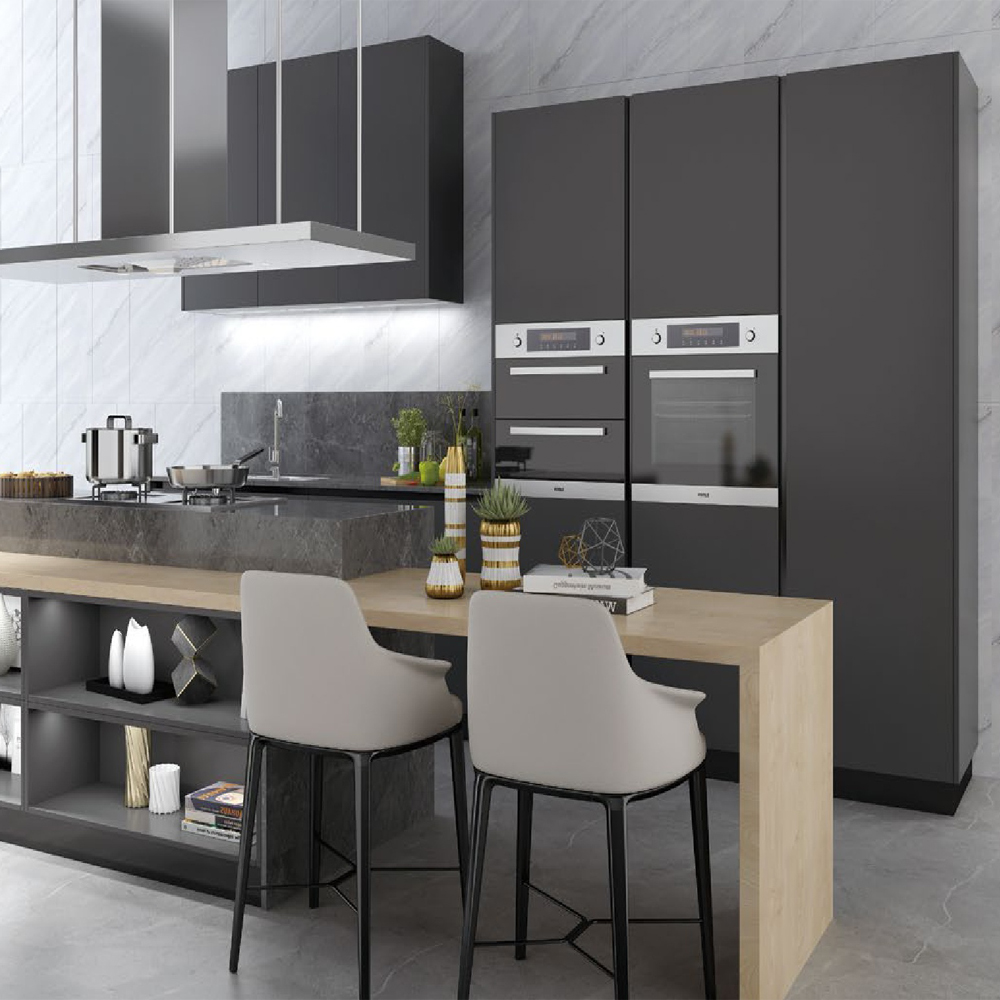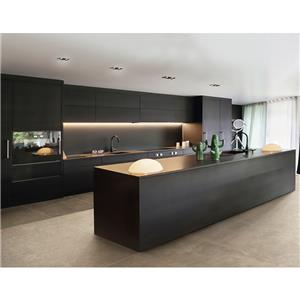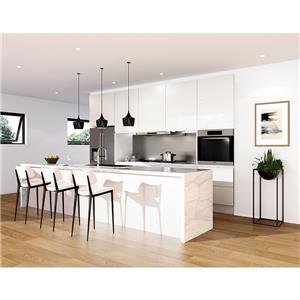How To Clean Kitchen Cabinet
How To Clean Kitchen Cabinet
Kitchen cabinets are an essential part of a well-organized, functional, and aesthetically pleasing kitchen. They provide valuable storage space, enhance the overall look of the kitchen, and help keep it clean and efficient. The right choice of cabinets can greatly improve the functionality and enjoyment of your kitchen space.

1. Importance of Maintaining Clean Kitchen Cabinet:
Maintaining clean kitchen cabinets is crucial for ensuring food safety, kitchen hygiene, and the overall functionality of your kitchen. It also contributes to the aesthetics, durability, and value of your home. Regular cleaning and upkeep are essential practices for creating a welcoming and efficient kitchen space.
2. Overview of the Cleaning Process:
Cleaning kitchen cabinets involves several key steps. First, gather your cleaning supplies, including a microfiber cloth, mild dish soap, warm water, and optional items like white vinegar or baking soda for tough stains. Begin by dusting and removing loose debris. Mix a soapy solution, then wipe down the cabinet exteriors, paying attention to spills and stains. For stubborn grease, use a baking soda paste and a soft brush. Clean and reattach hardware if necessary. Empty, vacuum, and wipe the cabinet interiors, then reorganize and restock items. Inspect for any missed spots, add final touches, and regularly maintain your cabinets for a clean and organized kitchen.
3. Understanding kitchen cabinet:
Kitchen cabinets are essential storage units in the kitchen, designed to store cookware, dishes, utensils, food items, and more. They come in various materials, styles, and finishes to match kitchen decor. Cabinets provide organization, enhance kitchen aesthetics, and protect items from dust and pests. Regular maintenance ensures food safety, kitchen hygiene, and a clean, efficient cooking space. Cleaning cabinets involves dusting, using a soapy solution, and addressing stubborn stains or grease. Clean, well-maintained cabinets contribute to the longevity of your kitchen and add value to your home.

4. Advantages and Disadvantages:
①Advantages:
Kitchen cabinets provide ample storage, organization, and enhance kitchen aesthetics. They offer easy access to items, durability, and can add value to your home.
②Disadvantages:
Quality cabinets can be costly and require regular maintenance. In smaller kitchens, they may limit space. Installation might necessitate professional help, and heavy cabinets can be challenging to move or install.
5. Preparation for Cleaning:
Prepare for cleaning kitchen cabinets by gathering supplies: microfiber cloth, mild dish soap, warm water, white vinegar, and optional baking soda. Remove cabinet contents and label or organize them for reassembly. This ensures a smooth and effective cleaning process.
①Gather all necessary cleaning supplies, including a microfiber cloth or sponge, mild dish soap, warm water, white vinegar, baking soda (for tough stains), and a bucket.
②Remove cabinet contents and set them aside.
③Consider labeling or organizing items for easy reassembly.
6. Dry Cleaning Methods:
Dry cleaning methods involve cleaning without water, making them suitable for delicate or water-sensitive materials. Two common methods are solvent-based and dry powder cleaning. Solvent cleaning uses a solvent to dissolve stains, while dry powder cleaning employs absorbent powders to lift dirt, which is then vacuumed. These methods are excellent for fabrics and items that cannot withstand traditional wet cleaning processes.

7. Wet Cleaning Methods:
Wet cleaning methods involve the use of water-based solutions to clean various surfaces and materials. These methods include washing with detergent and water, steam cleaning, and pressure washing. Wet cleaning is effective for removing stains, dirt, and grime from a wide range of items, from clothing and carpets to hard surfaces like floors and walls. It's versatile but may not be suitable for water-sensitive materials.
8. Stain Removal Techniques:
Stain removal techniques depend on the type of stain and the affected material. Common methods include blotting (for liquid stains), applying a stain-specific solvent, gently scrubbing with a mild detergent, or using natural remedies like vinegar, baking soda, or lemon juice. Always test on a small, inconspicuous area first, and follow care instructions for the stained item to prevent damage.
9. Regular Maintenance Tips:
Regular maintenance is vital for preserving your kitchen cabinets. Wipe down cabinet surfaces with a damp cloth to prevent dirt and grease buildup. Periodically check for loose hardware or hinges and tighten them. Address spills and stains promptly to avoid long-term damage. Avoid using abrasive cleaners that can harm the cabinet finish. Finally, consider applying a protective polish or wax for added durability and shine.
①Regularly wipe down cabinet surfaces to prevent the buildup of dirt and grime.
②Use coasters or placemats to protect cabinet bottoms from spills.
③Address spills and stains promptly to prevent them from becoming stubborn.
④Schedule periodic deep cleanings based on cabinet usage.




